
Share this page with friends
Live your best life with incontinence-friendly yoga
You’d be forgiven for thinking that yoga is just for bendy young people with too much time on their hands. In reality, it couldn’t be further from the truth. Yoga is a wonderfully beneficial practice for every type of person. It connects the mind, body, and soul. It’s not just about bending into pretzel-like shapes or achieving perfect balance; it’s about embracing your body and its capabilities.
If you’re experiencing incontinence, it’s normal that yoga might seem daunting. But, don’t worry, there are plenty of yoga poses designed to be gentle on your body and bladder. In this article, we’ll take a look at some incontinence-friendly yoga positions that allow you to enjoy the benefits of yoga while keeping your specific needs in mind.
Before we jump in, it’s worth saying that if any of these feel uncomfortable or painful, please stop. The idea is to perform gentle stretches, we don’t want you pulling a muscle!
1. Child's Pose
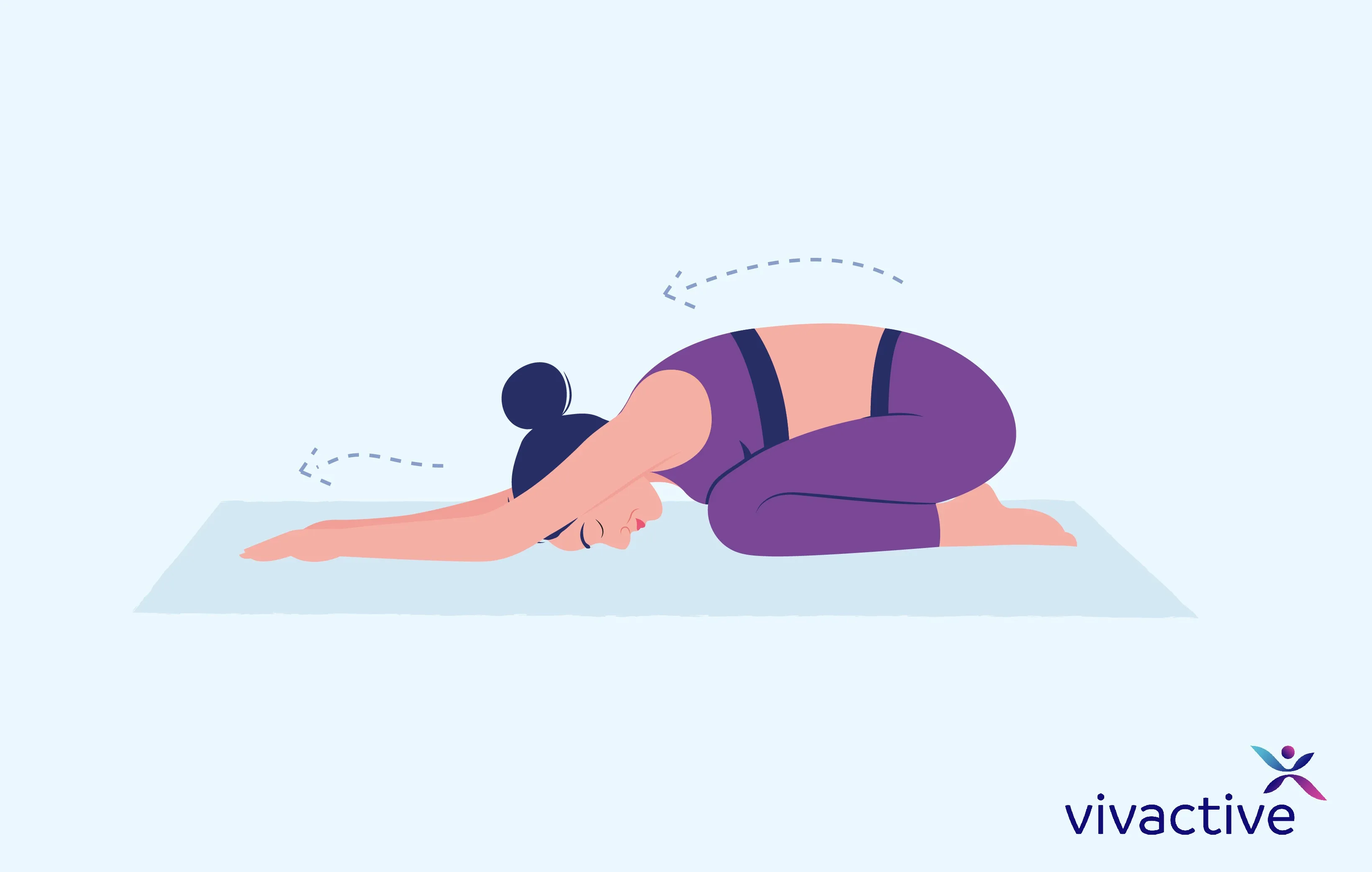
2. Cat-Cow Stretch
Cat-Cow Stretch is perfect for gently warming up your spine and improving flexibility. Begin on your hands and knees in a tabletop position. Inhale, arch your back and lift your tailbone. This is the first part of the stretch, called Cow Pose. Exhale, round your back, tucking your chin to your chest. This is the second part of the stretch, called Cat Pose. This gentle flow between arching and rounding allows your spine to move freely while giving your pelvic muscles a subtle workout.
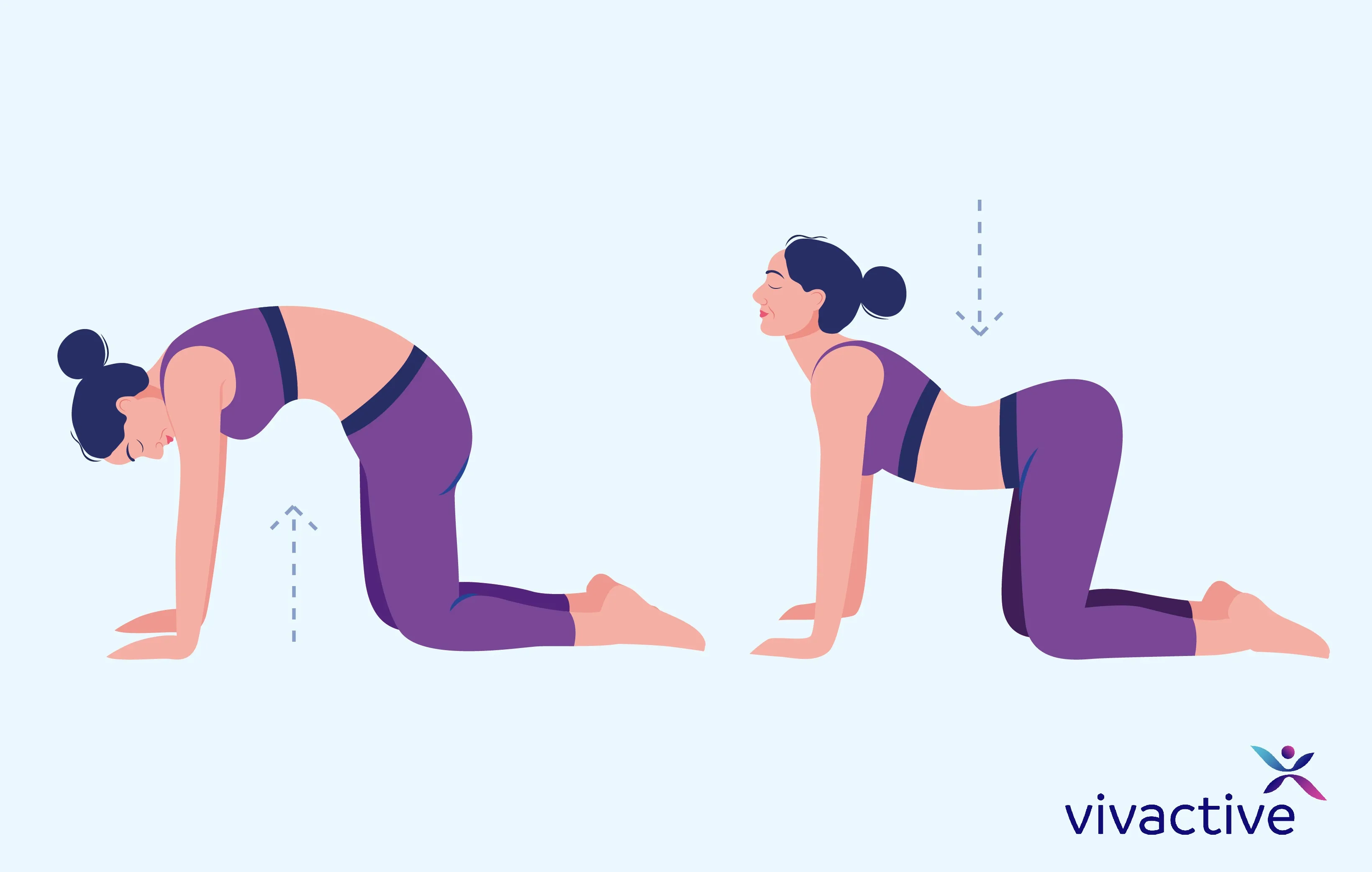
3. Standing Forward Bend
Standing Forward Bend is an excellent way to release tension in your lower back and stretch your hamstrings. Stand with your feet hip-width apart, then slowly bend forward from your hips, reaching toward the ground or your shins. The goal here is to try and touch your toes. Let your head hang heavy, and relax into the stretch. This pose promotes relaxation while enhancing the flexibility of your spine and pelvic region.
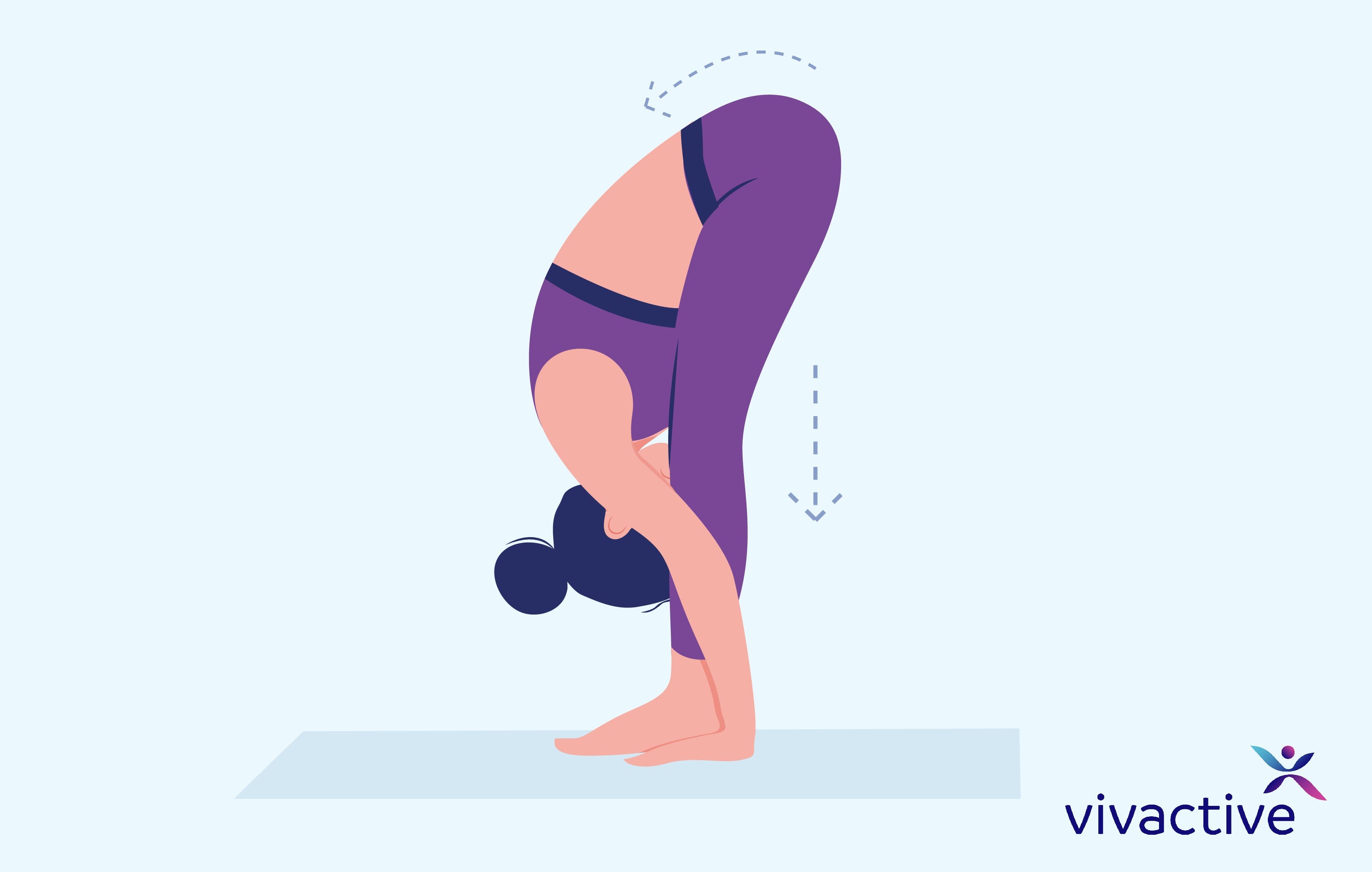
4. Seated Forward Bend
Seated Forward Bend is a pose that stretches your spine, hamstrings, and lower back. Sit with your legs extended in front of you, then reach forward toward your feet. Hold your shins, ankles, or feet, and relax your head and neck. Breathe deeply and let your body melt into the stretch. This pose is great for relieving stress and promoting a sense of inner peace.
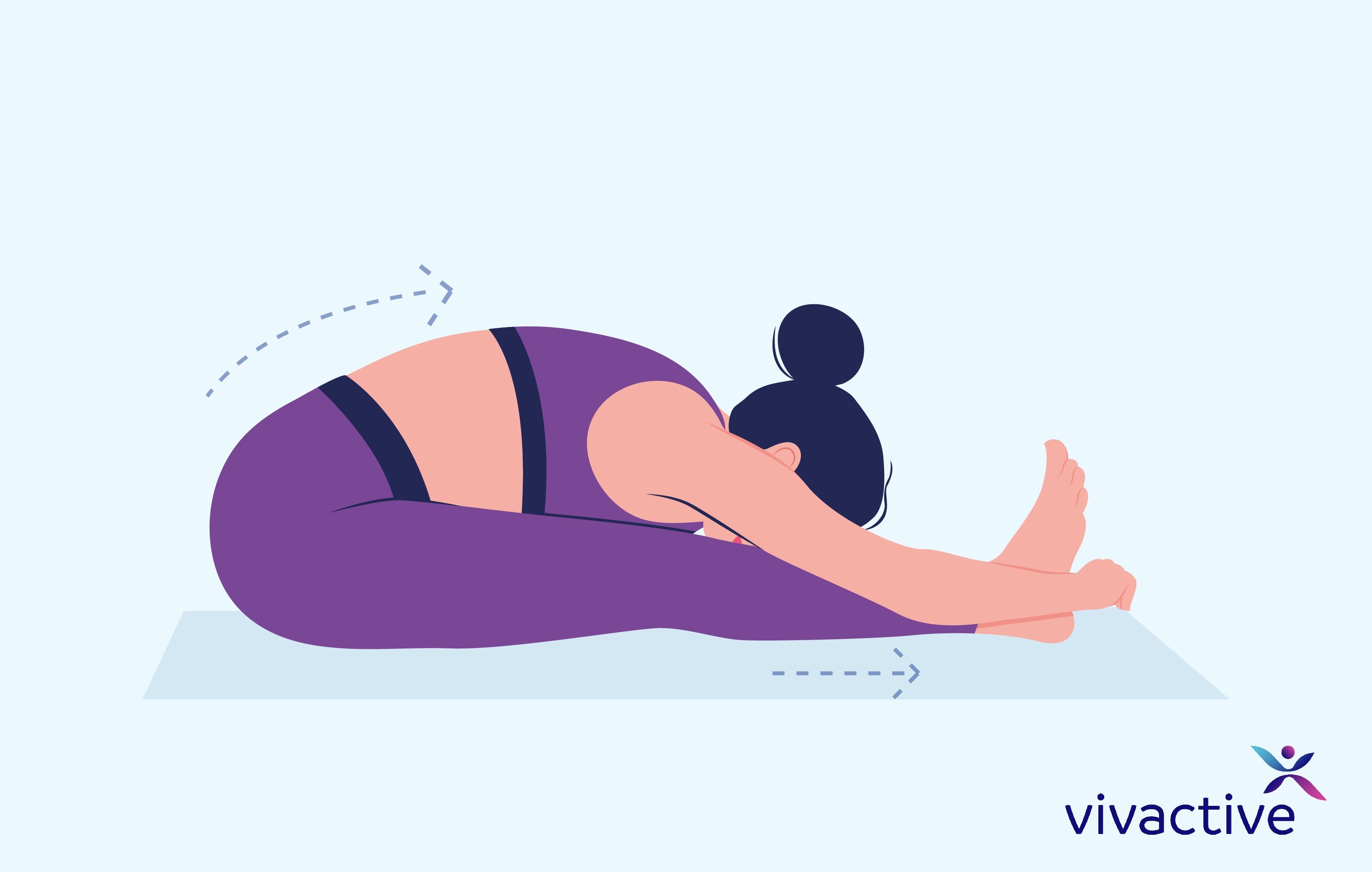
5. Supported Bridge Pose
Supported Bridge Pose is fantastic for strengthening your pelvic floor muscles while providing support for your lower back. Lie on your back with your knees bent and feet hip-width apart. Place a yoga block or cushion under your lower back, then gently lift your hips toward the ceiling. Engage your bum and thighs while keeping your breath steady. This supported version of the Bridge Pose is gentle on your body and offers excellent support for those managing incontinence.
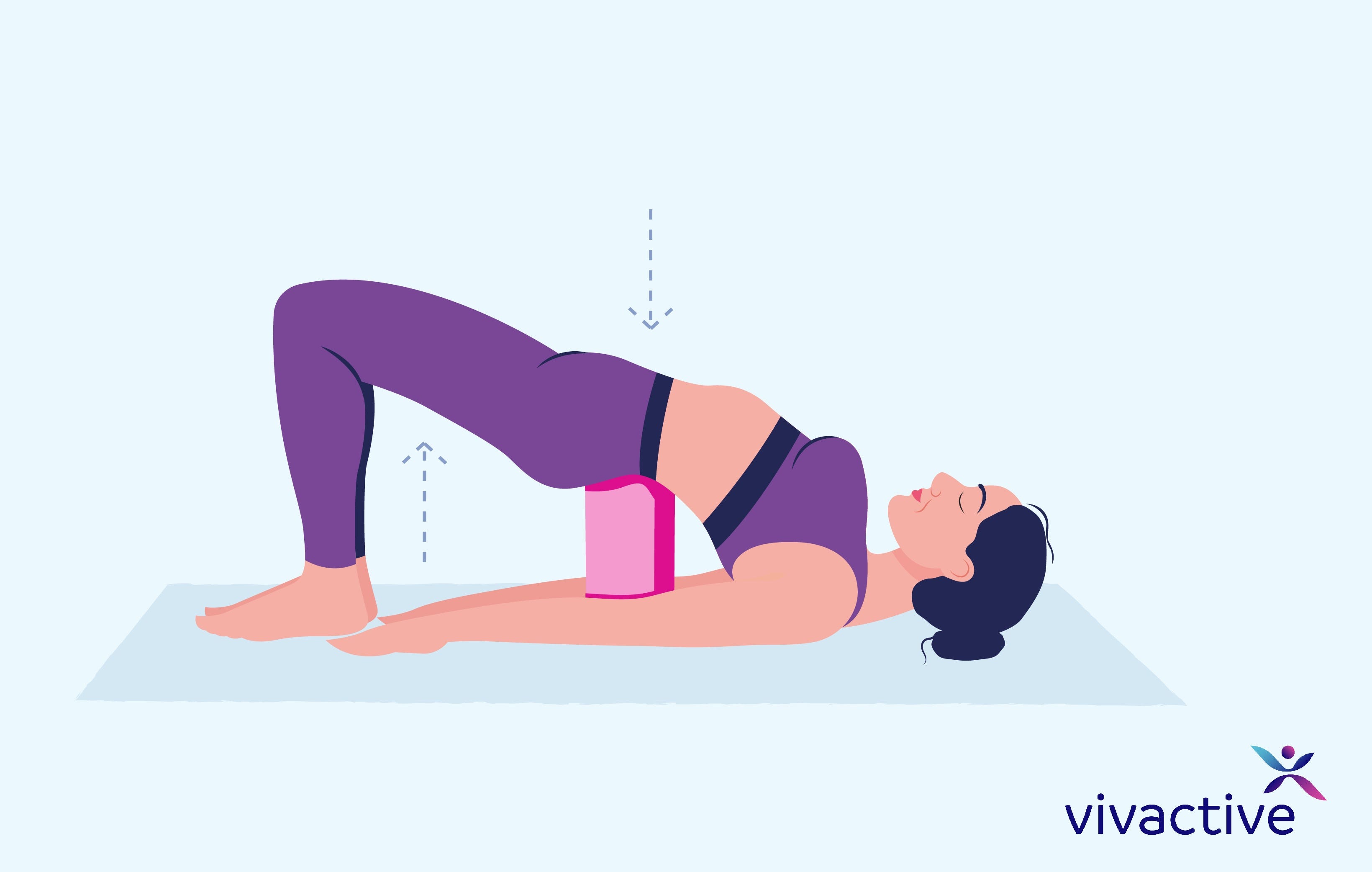
Yoga is for every body
Incorporating yoga into your routine doesn’t have to be intimidating, even if you’re experiencing incontinence. These incontinence-friendly yoga poses are designed to be gentle, nurturing, and supportive of your unique needs. Remember, yoga is not about perfection; it’s about progress and self-care. So, roll out your yoga mat, take a deep breath, and embrace yourself in a way that feels right for your body.
Brandt Passalacqua, founder of Breathing Deeply Yoga Therapy tells us:
"Yoga offers those experiencing incontinence a low-cost, drug-free option to try, making it extremely accessible. It has been shown to reduce stress, which can make incontinence worse. It also encourages us to become more aware of our bodies and strengthen the mind-body connection. This can make it easier to recognise when you need to go to the bathroom, which helps to manage incontinence.
By practising yoga poses targeted at strengthening your pelvic floor muscles and core muscles, you can better support your urinary tract, especially your bladder and urethra. Combining yoga poses like Happy Baby, which releases tight pelvic floor muscles, with others like Mula Bandha, which strengthens weak muscles, can help make the pelvic floor healthier."





